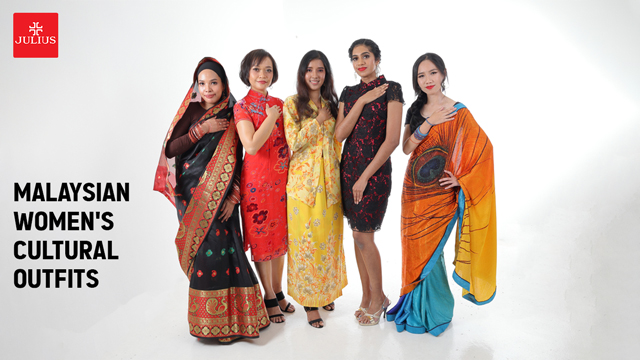Blogs
Malaysian women’s cultural outfits
The community living in Malaysia is divided into 3 main groups: Malay, Chinese and Indian. Each community has its own traditional costume. On weekdays, most Malaysians dress similarly to Westerners. Only on special occasions do people wear traditional Malaysian costumes. Malaysia’s multiethnic traditional clothes are multi-colored, bespoke of their culture and radiate vibrancy.
Let’s look at Malaysia’s traditional clothes and its different communities.
Table of contents for the article
Malay
The Malays are the largest ethnic group in Malaysia. In the official language, Pakaian is an alternative to their traditional clothing. They usually come in eye-catching colors and discreet designs.
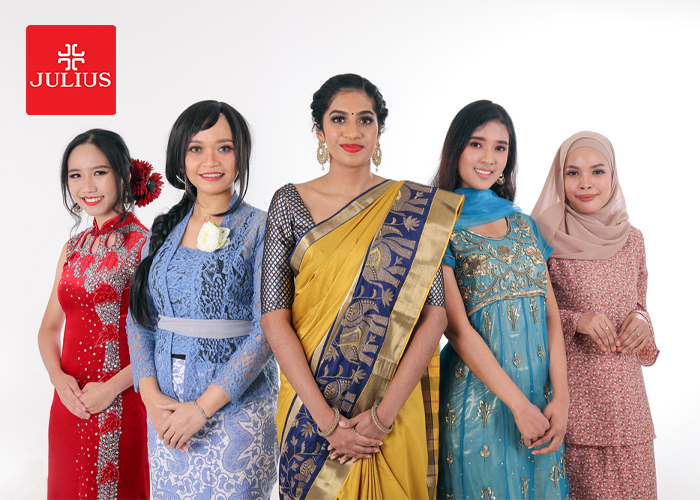
The ancient traditional costume of Malay women is known as the kemban, which consists of a sarong tied above the chest. Today’s traditional women’s clothing is called a baju kurung, which consists of a knee-length, long-sleeved blouse and a long skirt called a kain. The skirt is designed to be pleated to one side. People often wear an extra scarf on their heads when wearing this costume. The kebaya is a semi-formal version, a skin-fit two-piece costume.
Chinese
The majority of the Chinese population in Malaysia doesn’t dress traditionally. They favor informal attire. However, they are sometimes seen wearing traditional attire during holidays, particularly the Chinese New Year.
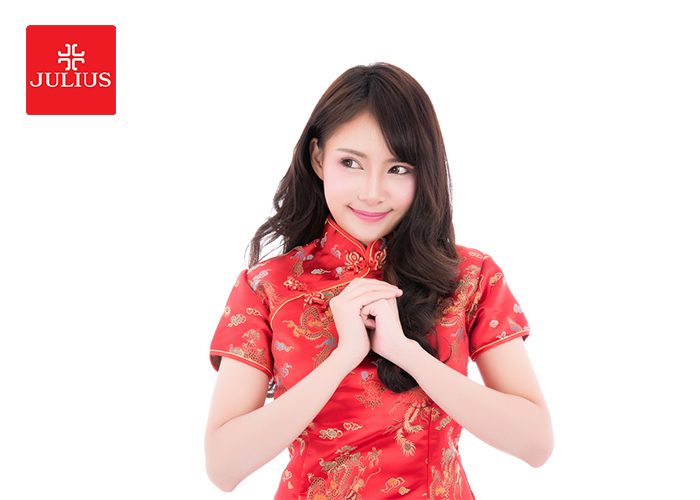
When attending festivals and formal gatherings, Chinese ladies in Malaysia dress in cheongsams, which are long dresses. A silk one-piece dress with a collar and waist clasps, either in the center or on the side is referred to as a cheongsam or qipao. Samfoo is a style of ankle-length pants that older women wear with a loose-fitting shirt that fastens in the middle. Hanfu, which combines a long skirt, flowy blouse, and belt sash, is another well-liked traditional attire worn by Chinese women in Malaysia.
Indian
Due to the good trade relations between Malaysia and India, Indians living in Malaysia have access to a considerable amount of traditional clothing from their homeland. As a result, the Indians in Malaysia have maintained their traditional attire.
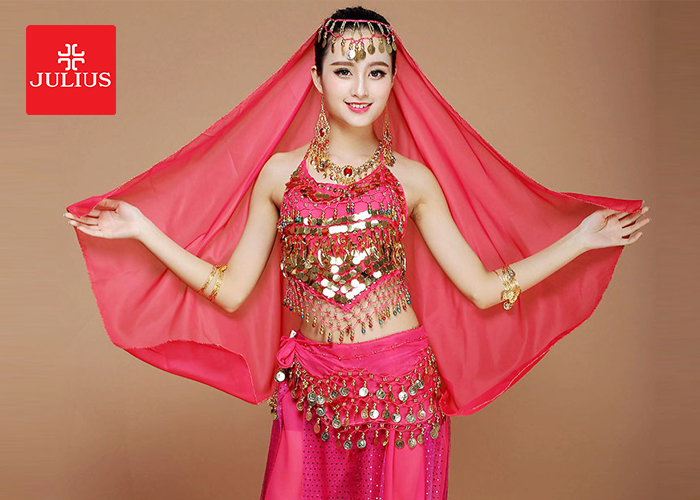
Most Indian women in Malaysia wear a saree which is made up of a piece of cloth 6 yards long. When worn on the body, it will look like a dress with pleats in the middle. Part of the cloth covers one shoulder and hangs down to the knee. Other women wear salwar kurta, a long dress worn with wide-leg pants. An indispensable accessory for this outfit is a long scarf called a Dupatta.
Conclusion
In addition to the large communities mentioned above, there are a number of other minority communities residing in Malaysia that also have their own traditional costumes such as the Peranakans, Kadazans, Ibans, Portuguese Immigrants, etc.
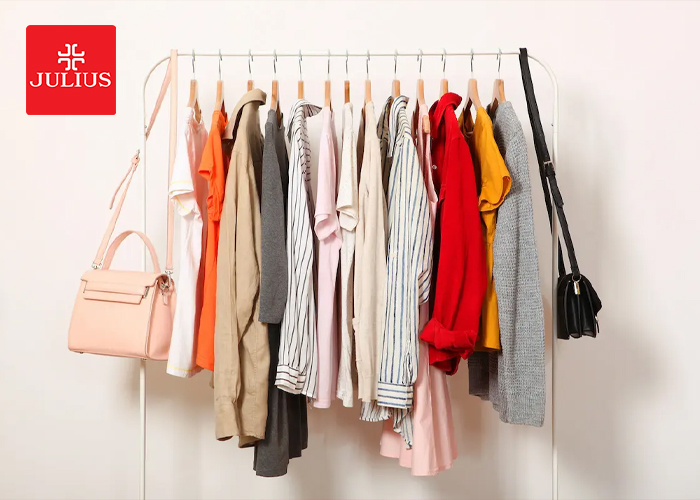
It can be seen that Malaysia is the cradle of multiculturalism due to the mixing of communities. Traditional costumes are the beauty that shows this most clearly. That’s why traditional clothes are so treasured in Malaysia.

